Q4 Motherboard and Graphics: Tour de Taiwan
by Kristopher Kubicki on November 2, 2005 10:14 PM EST- Posted in
- Trade Shows
We recently had the opportunity to visit some manufacturers in Taiwan, and with that opportunity, we spent a lot of time previewing new motherboards and graphics products. Below, you can see a little bit of what several vendors have to offer for the remaining portion of Q4 and Q1’06.
ASUS
Arguably, ASUS has the “sexiest” HQ in all of Taiwan. It comes complete with a rooftop swimming pool and full cafeteria for their 6,000 employees who are based there. Since they win the sexiest HQ in Taiwan award, they get to go first in our coverage.
Perhaps first on our list of questions for ASUS was the AGEIA PhysX expansion card. We all know ASUS is the primary manufacturer for all new PhysX cards, but the question on everyone’s mind is availability. It turns out that the PhysX card was done and ready several months ago inside the company, but the company is waiting on game developers to embrace the middleware before a worldwide launch.
Unreal is the spearhead application to support PhysX, and everyone is extremely eager for that title. Unfortunately, the next Unreal is upwards of a year away, so other titles will have to support sales until then. City of Villains and Bet on Soldier are the only mainstream titles available right now with PhysX support, and the next Tom Clancy game that's due out soon will also support the card. With so few games, it’s going to be real hard for ASUS and AGEIA to sell cards – don’t be surprised if retail cards are not available until January or February. Until then, here are a couple of teasers of their retail card.
Havok also has a competing middleware now, which could give AGEIA a run for its money, since a dedicated physics card would be unnecessary. What we've heard so far is that it will leverage the power of the NVIDIA and ATI GPUs in order to speed up physics processing. When you consider games like HL2 that can be largely CPU limited, using extra GPU power to do physics calculations makes sense. In other games like FEAR, though, the GPU is more of a bottleneck and running extra computations there isn't likely to improve performance. We don't have specifics on performance right now, but more details will follow in the near future.
Another big announcement for ASUS is the expansion into the workstation market. Multiprocessor, high end components have been a huge cash cow for companies like Tyan and Supermicro, but ASUS has had relatively little experience in the field outside of their OEM orders. Obviously, there are a lot of whitebox workstation builders (particularly in the US), and ASUS’s entrance into this market could bring a new level of cost and quality to an otherwise uncontested sector. The first move for ASUS to enter this market includes an Intel based 975X motherboard. ASUS’s prototype was very early at this point, so we can’t comment much on what the first workstation motherboard will actually look like.
Everyone and their brother are getting into silent graphics cards, and ASUS is no exception. However, unlike the other manufacturers, ASUS actually has something interesting going on. Historically, the largest problem with graphics adaptors is that heat gets trapped between the face of the graphics card and the lowest portion of the chassis. The resulting dead spot for heat is actually one of the reasons why Intel attempted to push the BTX standard. ASUS decided to just SMT the components of the video card onto the other side of the graphics card. Thus, rather than heat getting trapped near the bottom of the case, the heat from the ASIC radiates upwards toward the CPU cooler. Capacitors and mosfets are still stamped onto the traditional side of the PCB. While the concept of stamping to both sides of the PCB is far from new, ASUS’s application onto a mid-range video card is certainly something that the other manufacturers are not pursuing due to the higher production cost.
ASUS also had a few glimpses of their dual G70 card for us; individually numbered 1 through 2000 for each lucky reviewer. A dual R520 card is in the works based on the same design.
ASRock
Right next door to ASUS, ASRock had a few of their newer motherboards on display for us. ASRock already has a reputation for some unique niche products based on older chipsets.
Interestingly enough, ASRock was the only company on our Tour de Taiwan that had prototype M2 Socket 940 motherboards on display. AMD has a bit of work to do before M2 is ready; ASRock and other companies confirmed with us that M2 is in very early silicon still and benchmarking at this point would not be representative of the final product. Traditionally, late Q3 is a key launch window for AMD.
ASRock had a few other unique products on display, including those wonderful ULi based boards. The yellow riser on this motherboard is actually for a Socket 754 expansion card. ASRock also had M2 socket kits available, but since M2 will require DDR2, we weren’t exactly sure how that riser would work.
ASRock's GeForce 6100 motherboard has also been getting some attention lately as a well rounded, cheap nForce4 motherboard. Expect to see a few more of these in the US too.
Finally, we have ASRock’s Xpress 200 board with a composite-out riser. ATI’s Xpress 200 graphics aren’t exactly earth shattering, but the Radeon IGP packs a pretty heavy punch for such a cheap chipset. This board should appeal to those looking for cheap video out without a large need for a lot of power. You’ll also notice the support for DDR1 and DDR2, a feature standard on all of ASRock’s “Twins” motherboards.
ASUS
Arguably, ASUS has the “sexiest” HQ in all of Taiwan. It comes complete with a rooftop swimming pool and full cafeteria for their 6,000 employees who are based there. Since they win the sexiest HQ in Taiwan award, they get to go first in our coverage.
Perhaps first on our list of questions for ASUS was the AGEIA PhysX expansion card. We all know ASUS is the primary manufacturer for all new PhysX cards, but the question on everyone’s mind is availability. It turns out that the PhysX card was done and ready several months ago inside the company, but the company is waiting on game developers to embrace the middleware before a worldwide launch.
Unreal is the spearhead application to support PhysX, and everyone is extremely eager for that title. Unfortunately, the next Unreal is upwards of a year away, so other titles will have to support sales until then. City of Villains and Bet on Soldier are the only mainstream titles available right now with PhysX support, and the next Tom Clancy game that's due out soon will also support the card. With so few games, it’s going to be real hard for ASUS and AGEIA to sell cards – don’t be surprised if retail cards are not available until January or February. Until then, here are a couple of teasers of their retail card.
Havok also has a competing middleware now, which could give AGEIA a run for its money, since a dedicated physics card would be unnecessary. What we've heard so far is that it will leverage the power of the NVIDIA and ATI GPUs in order to speed up physics processing. When you consider games like HL2 that can be largely CPU limited, using extra GPU power to do physics calculations makes sense. In other games like FEAR, though, the GPU is more of a bottleneck and running extra computations there isn't likely to improve performance. We don't have specifics on performance right now, but more details will follow in the near future.
Another big announcement for ASUS is the expansion into the workstation market. Multiprocessor, high end components have been a huge cash cow for companies like Tyan and Supermicro, but ASUS has had relatively little experience in the field outside of their OEM orders. Obviously, there are a lot of whitebox workstation builders (particularly in the US), and ASUS’s entrance into this market could bring a new level of cost and quality to an otherwise uncontested sector. The first move for ASUS to enter this market includes an Intel based 975X motherboard. ASUS’s prototype was very early at this point, so we can’t comment much on what the first workstation motherboard will actually look like.
Everyone and their brother are getting into silent graphics cards, and ASUS is no exception. However, unlike the other manufacturers, ASUS actually has something interesting going on. Historically, the largest problem with graphics adaptors is that heat gets trapped between the face of the graphics card and the lowest portion of the chassis. The resulting dead spot for heat is actually one of the reasons why Intel attempted to push the BTX standard. ASUS decided to just SMT the components of the video card onto the other side of the graphics card. Thus, rather than heat getting trapped near the bottom of the case, the heat from the ASIC radiates upwards toward the CPU cooler. Capacitors and mosfets are still stamped onto the traditional side of the PCB. While the concept of stamping to both sides of the PCB is far from new, ASUS’s application onto a mid-range video card is certainly something that the other manufacturers are not pursuing due to the higher production cost.
ASUS also had a few glimpses of their dual G70 card for us; individually numbered 1 through 2000 for each lucky reviewer. A dual R520 card is in the works based on the same design.
ASRock
Right next door to ASUS, ASRock had a few of their newer motherboards on display for us. ASRock already has a reputation for some unique niche products based on older chipsets.
Interestingly enough, ASRock was the only company on our Tour de Taiwan that had prototype M2 Socket 940 motherboards on display. AMD has a bit of work to do before M2 is ready; ASRock and other companies confirmed with us that M2 is in very early silicon still and benchmarking at this point would not be representative of the final product. Traditionally, late Q3 is a key launch window for AMD.
ASRock had a few other unique products on display, including those wonderful ULi based boards. The yellow riser on this motherboard is actually for a Socket 754 expansion card. ASRock also had M2 socket kits available, but since M2 will require DDR2, we weren’t exactly sure how that riser would work.
ASRock's GeForce 6100 motherboard has also been getting some attention lately as a well rounded, cheap nForce4 motherboard. Expect to see a few more of these in the US too.
Finally, we have ASRock’s Xpress 200 board with a composite-out riser. ATI’s Xpress 200 graphics aren’t exactly earth shattering, but the Radeon IGP packs a pretty heavy punch for such a cheap chipset. This board should appeal to those looking for cheap video out without a large need for a lot of power. You’ll also notice the support for DDR1 and DDR2, a feature standard on all of ASRock’s “Twins” motherboards.


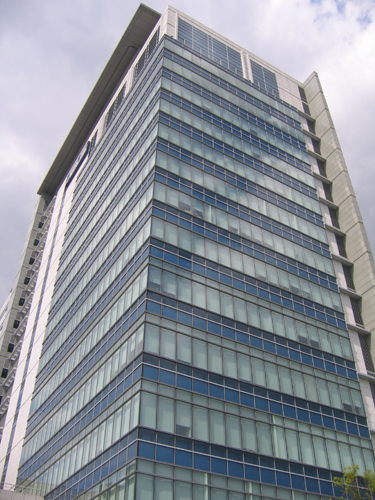
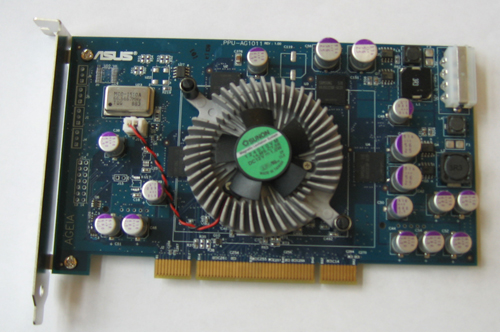
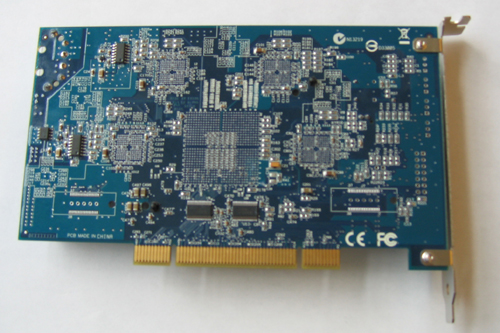
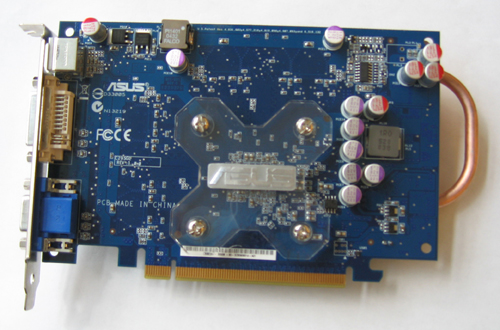
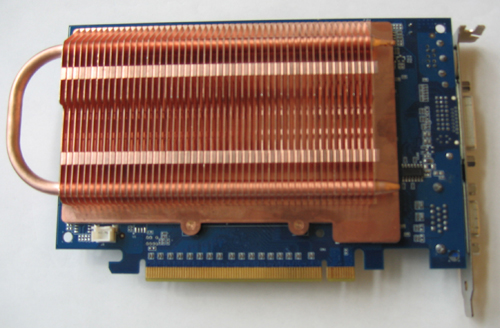
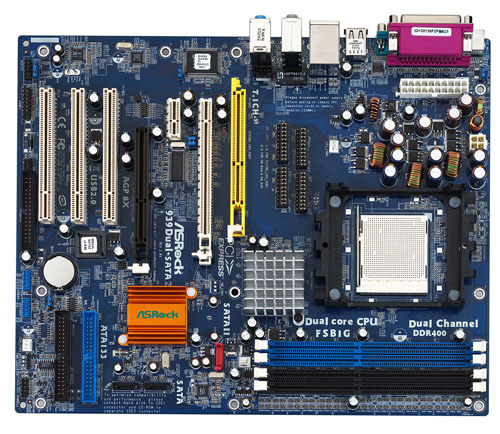
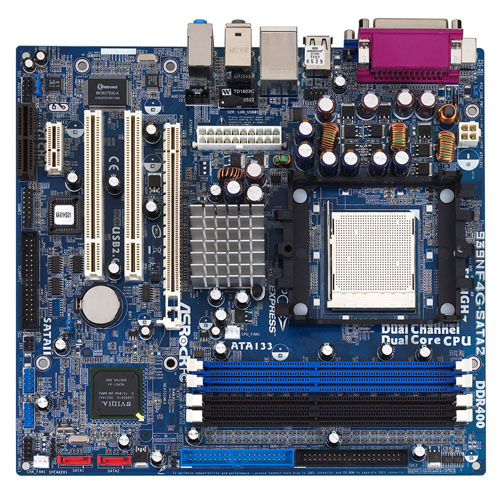









23 Comments
View All Comments
unclebud - Monday, December 5, 2005 - link
wondering what's the requirement to go on a tour or at least get an asus pinZoomer - Friday, November 4, 2005 - link
Does that mean that we'll soon be seeing sub $100 ATi boards?
Wow! I'm definately buying one if that's the case.
Btw, dual x16 slots are overrated. Will it be possible to use a x1 or x4 card in a x16 slot?
KristopherKubicki - Saturday, November 5, 2005 - link
Yes and Yes.
Kristopher
vailr - Friday, November 4, 2005 - link
Just curious: has Apple made a determination yet, which company will be making their new Intel CPU based motherboards? Has the chipset been pre-determined as being "Intel only", or could NVIDIA, ULi, ATI or VIA chipsets still be a possibility for Apple's new x86 CPU based architecture?That is: the official Apple products, to be released in 2006.
BigLan - Thursday, November 3, 2005 - link
Does this comment mean that nvidia have stopped working on intel boards? If so, when did this happen?"When NVIDIA was still on board with Intel, 975X Yonah would have meant an SLI Pentium M desktop, but now it looks like we’ll just have to settle for a Crossfire MOD board instead."
KristopherKubicki - Thursday, November 3, 2005 - link
No. NVIDIA is actually going to get more agressive with Intel boards. It just means there won't be any Yonah based SLI motherboards except the one ECS is working on -- that we know of anyway....Kristopher
stmok - Thursday, November 3, 2005 - link
ASRock had a few other unique products on display, including those wonderful ULi based boards. The yellow riser on this motherboard is actually for a Socket 754 expansion card. ASRock also had M2 socket kits available, but since M2 will require DDR2, we weren’t exactly sure how that riser would work.How it works is: the Northbridge, CPU and DDR2 memory slots will be on the CPU upgrade
card. The jumpers will tell the mobo to use the stuff on the CPU upgrade card.
Think of the jumpers as a junction thingie on train tracks, a flick on a switch will
shift you to the next line over.
So all you do is...
(1) Buy an ASRock mobo now (on with the CPU upgrade slot...The yellow slot)
(2) When Socket M2 arrives, buy the Socket M2 CPU upgrade card, your prefered
Scoket M2 CPU...It doesn't matter what it is : Sempron, A64, A64 X2, Opteron 1xx
series AND some DDR2 RAM.
(3) Set the jumpers on the mobo according to manual, point it to use CPU upgrade
card.
(4) Install CPU, HSF and DDR2 RAM on upgrade card.
(5) Install upgrade onto mobo.
(6) Turn on and fingers crossed... It should work. :)
yacoub - Thursday, November 3, 2005 - link
What's the ETA on that silently-cooled 7800GT?? That is EXACTLY what I want for my next build! I bet it doesn't come out until next year! :( :( :(yacoub - Thursday, November 3, 2005 - link
Actually while we're at it, what's the ETA to the A8N32-SLI Deluxe hitting store shelves as well?I'd love a passively cooled motherboard and GPU since those two items tend to have the smallest, noisiest fans. I can barely imagine the joy of cutting out those two noise sources and just having a CPU fan and the PSU fan. mmmmmm!
KristopherKubicki - Thursday, November 3, 2005 - link
http://labs.anandtech.com/search.php?q=A8N32-SLI+D...">http://labs.anandtech.com/search.php?q=A8N32-SLI+D...Soon soon :(
Kristopher